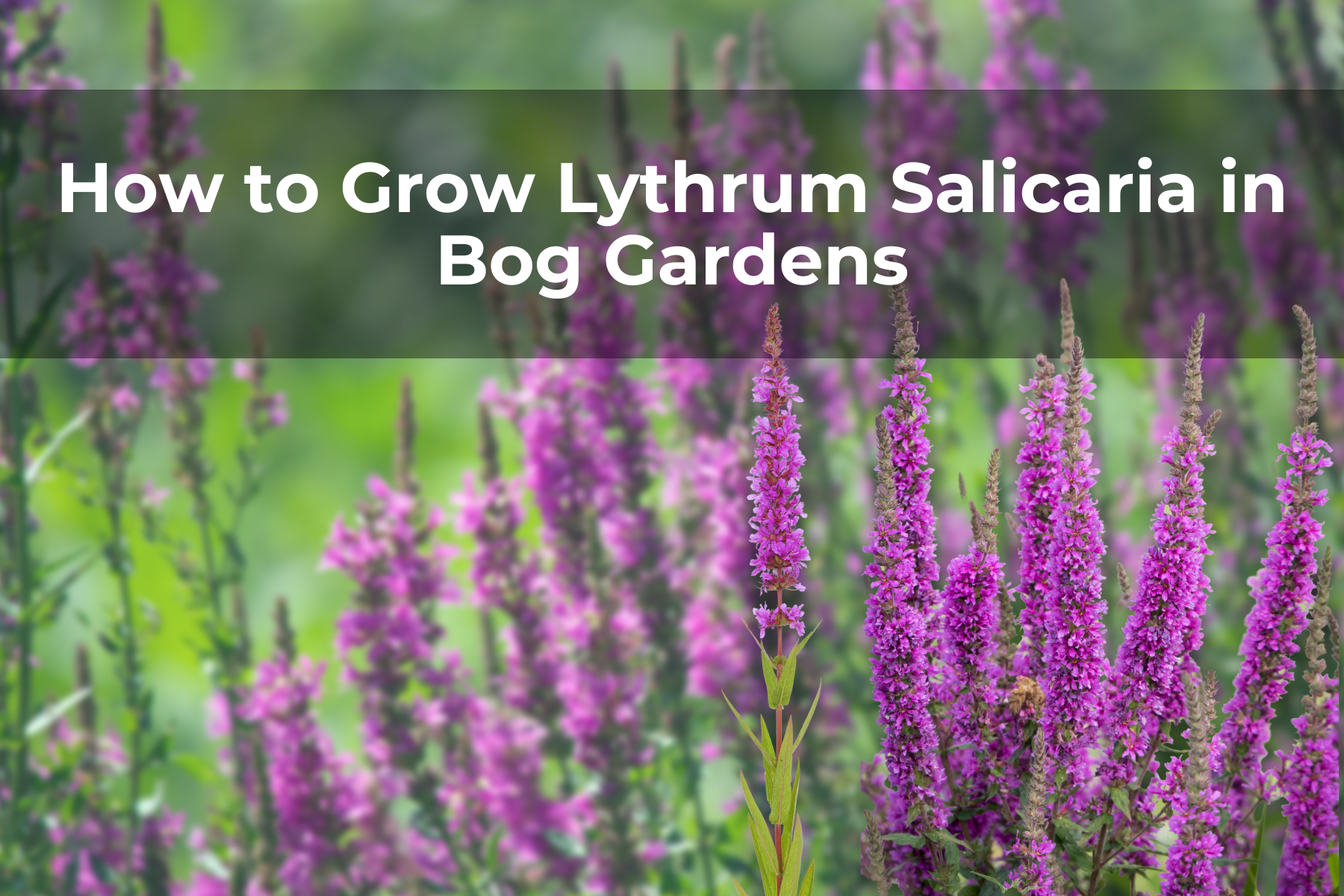Last Updated on April 15, 2024 by Real Men Sow
Lythrum salicaria is a perennial that is hardy and herbaceous and is also known as purple loosestrife or sage willow. It is best to grow it in gardens with sunny, moist borders, near ponds, or even in a bog garden. This is a beautiful ornamental wildflower that can be used in cottage gardens. Its low-maintenance beauty and towering spiked blooms are a great addition to naturalistic, informal, and cottage-style gardens.
Benefits & Uses
Its impressive adaptability means that it can survive in most light levels, although it will grow most vigorously in full sun. Both versatile and robust, it can survive for over 20 years if conditions are right.
They also offer an excellent source of nutrition for many long-tongued insects in the form of pollen and nectar. Bees, butterflies, and even moths pollinate it. Dragonflies and damselflies often visit them too in the summer months. If they are not removed, the seed heads continue to attract insects even over the winter months. Therefore, this plant is a perfect choice if you want to encourage more native insects and wildlife into your bog garden throughout the seasons.
How to Plant Purple Loosestrife
Plant them in the spring and fall months. Even if its hardiness means it can survive being planted in mild periods in winter. The plant germinates best in wet soil with relatively warm temperatures. It even germinates fully submerged in shallow water.
Growing From Seeds
They can be sown in trays of compost in spring and fall and should be kept moist. You may also plant the seeds directly into borders. If you are growing from the seeds of an existing plant, collect them then sow immediately. However, you’ll have to wait for when they are brown and ripened.
Submerging Them in a Pond
A mesh basket planter is advised for ease of future maintenance. This is where division or removal may be necessary to control its growth. Purple loosestrife seedlings are particularly fast-growing. They can reach up to a meter in height and may even bloom within the first growing year. Although, it takes between two to five years for it to reach full height.
Propagation
Propagating from established Lythrum salicaria is fairly straightforward. Divide them by digging up and separating the roots in periods when the plant is dormant. If you plan to propagate from cuttings, take the cuttings from new growth in late spring. Then place them into moist compost, and kept well-watered.
How to Care for Purple Loosestrife
They are low maintenance, but are highly competitive, colonizing plant. Which means it can easily suppress and displace other species. Careful planting and maintenance can help preserve garden biodiversity. This also avoids the development of a monoculture, particularly when grown in very wet conditions where the plant is happiest. Light pruning is beneficial both in early spring to encourage new growth. Do it also in early fall to discourage the spread of unwanted seeds. Plants not in ponds should be kept well-watered even when mature.
They are generally trouble free but pests like slugs and snails still go for them. It is also susceptible to leaf spot disease. Treat this by pruning the leaves with spots if the affliction is localized. If the whole plant has spots, however, you may need to remove it completely and dispose of it carefully to avoid contaminating surrounding plants.
Overwintering Purple Loosestrife
For a short period in the fall, prior to falling at the first frost, the leaves will generally take a deep red or orange shade. It loses all of its foliage through the winter. But the dead stems will remain until the next growing season. This adds both structure and interest through the desolate winter months. This hardy plant can withstand temperatures of -25 °C. Therefore, little attention is required for overwintering. Even for those which are partly submerged in ponds, where it may ice-over.
Frequently Asked Questions
Invasive or Toxic?
The pretty blooms of purple loosestrife (Lythrum Salicaria) are not known to be toxic. However, the plant is considered highly invasive. It has no natural predators in the USA, and this, coupled with its extremely competitive nature, means its unrestricted spread. Which will cause severe destruction to the biodiversity of native flora and fauna. Relatively aggressive control measures are employed in some states to prevent its spread. This is usually by introducing beetles as a biological weedkiller.
Is Purple Loosestrife Edible?
Both the flowers and leaves of Lythrum salicaria have been used in folk remedies for a variety of ailments. Ailments in particular are minor stomach problems and bleeding. The vivid flowers make both hair dye and edible food coloring. There are no known toxic effects to either animals or humans when the leaves or flowers are consumed sparingly. Although little is known about the consumption of either the roots or stems. But most grazing animals and birds are unlikely to eat purple loosestrife due to its high tannin content.

